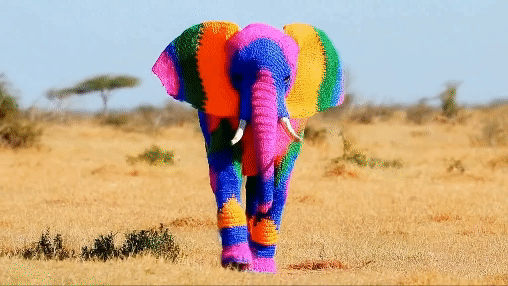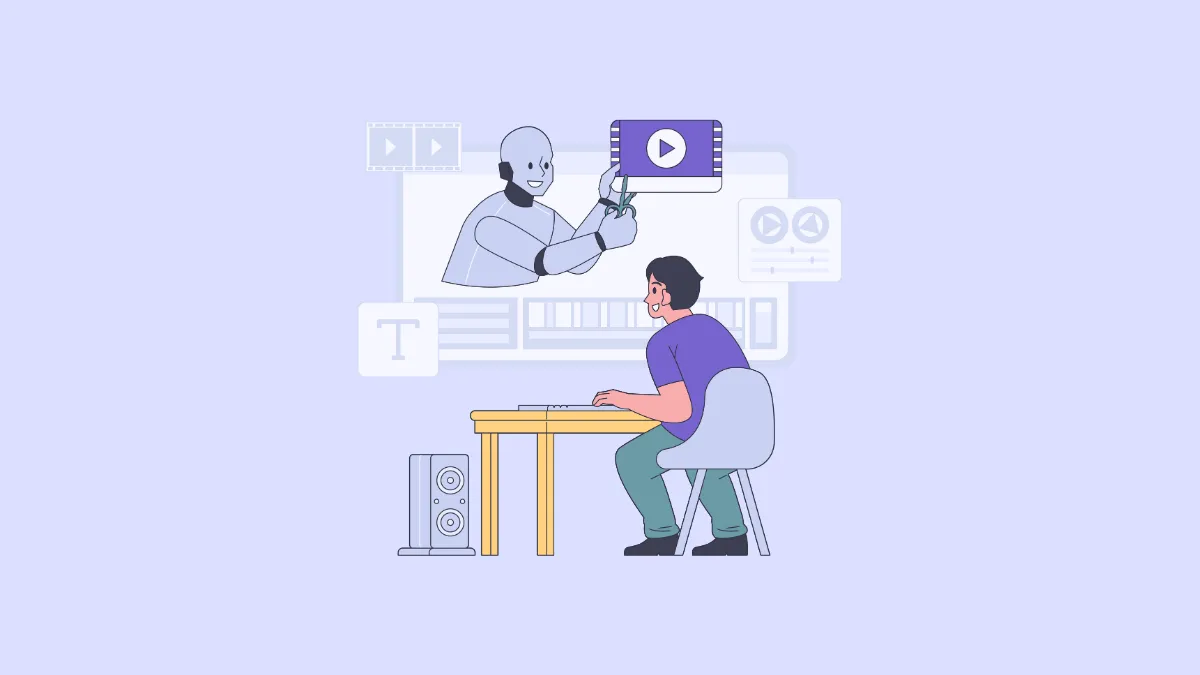The launch of OpenAI's Sora opened the doors for AI-powered video-generating apps that can create short clips from text prompts. Now, Google has also jumped into the fray by announcing its own video-generating AI app, Veo, at its annual I/O Developer Conference this week.
However, much like many of the other newly announced AI tools, the new video generator is not available for public use yet. Google has plans to let artists and creators try out the tool through crowdsourced exercises, which can help improve it. Here is what else we learned about Google Veo.

What Can Veo Do?
Google Veo can generate 1080p videos that last over a minute and you can also edit them through written instructions. It can ensure that frames are visually consistent, and users can use a single prompt or a series of prompts that create a narrative. The tool can include cinematic effects like aerial shots and create highly detailed scenes.
You can go for realism, surrealism, and even animation when creating videos using Veo. Besides this, it allows you to use filmmaking commands and understands terms like 'aerial shot' and 'timelapse'. Compared to earlier AI video generators Google has announced, Veo offers greater control while delivering better quality videos.
Veo also supports Masked Editing, which lets you make adjustments to specific sections of the video. You can do so by including a mask area in the prompt, and images can also be used along with text prompts to generate videos.
In such a case, it will use the provided image as a reference and generate a video in the same style, such as the following video which was generated using an image of alpacas wearing knitted sweaters and the prompt Alpacas dancing to the beat.
Source: Google
How Does Veo Work?
Video AI models need to understand the prompt they are provided correctly and combine that information with available references. Veo has been designed to be exceptionally good at understanding natural language and visuals, which allows it to generate videos accurately, including those with several details.
Because of this, a prompt like Timelapse of a common sunflower opening, dark background can provide you with a very high-quality video.
Source: Google
According to Google, Veo improves upon other video-generating tools announced earlier by the company, such as Lumiere, VideoPoet, WALT, etc., by using compressed latent video utilizations. Unlike these tools, Veo is trained on detailed video captions, which helps the AI understand the prompts better.
Google states that the video generator relies on latent diffusion transformers, which ensures consistency and prevents characters and objects from flickering and jumping between scenes. It also uses latents, which are compressed representations of video that make it more efficient and help improve performance. Thanks to this, Veo can generate high-quality videos in less time.
Videos you generate using Veo will be watermarked using Google's SynthID, which it uses to identify AI-generated content, similar to what OpenAI's Sora does through the Coalition for Content Provenance and Authenticity (C2PA) standard.
In addition, there are memorization check processes and safety filters to help reduce bias, copyright, and privacy risks. Despite these technologies and processes, Veo still needs some improvement, as backgrounds still tend to shift and highly detailed areas don't seem put together very well. That is why, Google is only allowing a few creators to test it.
How Can You Use Veo?
As mentioned above, Veo is not currently available for public use and Google is only allowing a few select creators to try out the tool. They can try it out using VideoFX, another experimental tool available in Google Labs, where all of Google's products that are in testing are present.
If you are a creator and want to try out Veo,
- Visit the Google Labs website to join the waitlist.
- Enter your details and submit them.
- Wait for Google to check your submission. If it finds it suitable, you will be allowed to try out Veo.
Google Veo is the latest in a long line of AI-powered video-generators announced by Google and seems to be the most powerful one yet. It can not only let you create videos using different styles and effects but also edit created videos easily.
We've explained how creators can join the waitlist and try out the tool for themselves, but there is no word on whether Veo will be launched publicly. Google has only hinted that some of the tool's capabilities might make it into YouTube shorts, so there's that to look forward to.


